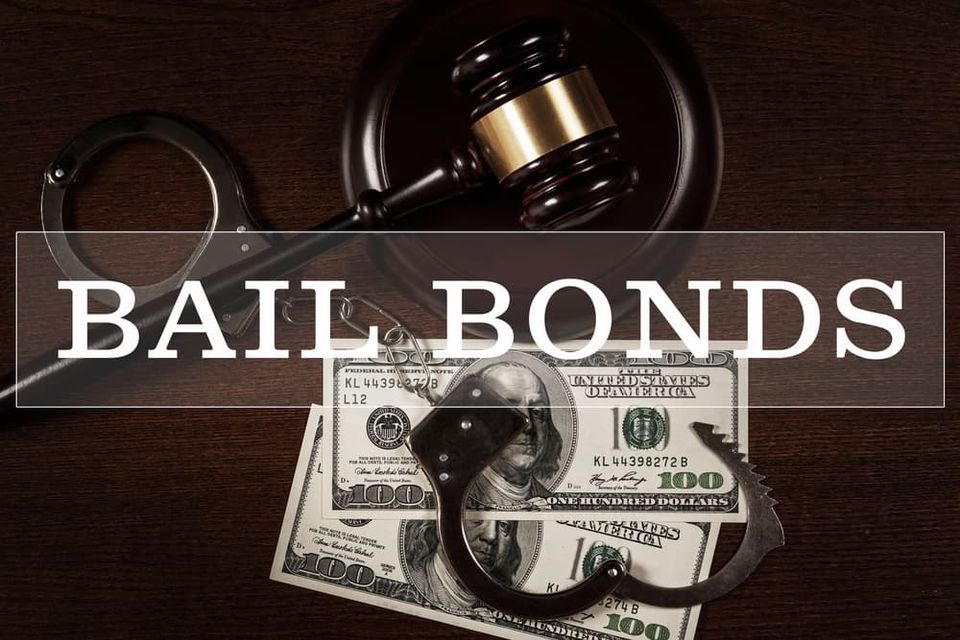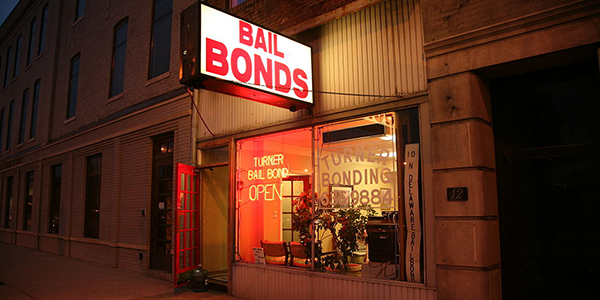Leading Tips for Working Efficiently with a Bail Bondsman
Leading Tips for Working Efficiently with a Bail Bondsman
Blog Article
How Bail Bonds Work: A Thorough Introduction
Bail bonds play a critical role in the legal procedure by offering a system for people to secure their release from wardship while awaiting trial. Comprehending the details of exactly how bail bonds work, consisting of the duties of courts, bail bondsmen, and the various fees included, can be necessary for any person navigating this intricate system.
What Are Bail Bonds?
Bail bonds are usually utilized in the criminal justice system as a financial guarantee that an accused individual will appear in court as required. When a person is apprehended, a judge may set a bail amount based on various factors, consisting of the severity of the offense, the defendant's criminal background, and the threat of trip. They might look for the help of a bond bondsman. if the implicated can not pay for the bail quantity - Bail Bonds.
A bail bond is an agreement in between the accused, the bondsman, and the court, making sure that the accused will satisfy their legal commitments. For a charge, normally a portion of the total bail quantity, the bondsman offers the court with a guaranty that assures the bail. If the accused fails to show up in court, the bail bondsman is in charge of paying the full bail amount to the court, which may lead them to seek the offender for recuperation.
Bail bonds serve to help with the release of people waiting for test, allowing them to maintain their employment and family duties while making sure conformity with court looks. This system is essential to stabilizing the civil liberties of the implicated with the rate of interests of public safety and judicial integrity.
The Bail Process Explained
After understanding the role of bail bonds in the criminal justice system, it is essential to describe the bail procedure itself. The bail process starts when an individual is jailed and apprehended. Adhering to the arrest, the offender is generally brought prior to a judge for a preliminary hearing, where the court will identify whether to provide bail and set the quantity.
If bail is given, the accused has several options to protect their launch. They may pay the full bail quantity in cash money, which is returned upon the completion of their court responsibilities. Conversely, the defendant can seek the help of a bond bondsman, who charges a non-refundable charge-- generally a percentage of the total bail amount-- to upload bail on their behalf.
Once bail is published, the offender is released from protection with the understanding that they must go to all arranged court looks. Falling short to show up can result in the forfeit of the bail and additional legal consequences. The process concludes when the case is fixed, whereupon the bail is either returned or maintained by the bail bondsman as repayment for their solutions.

Kinds of Bail Bonds
Numerous options exist when it comes to securing a release from custodianship with bail bonds. Recognizing the various kinds can assist accuseds and their families make informed choices.
One of the most usual kind is the guaranty bond, which includes a third-party bail bondsmansman who assures the complete bail total up to the court for a non-refundable cost, normally around 10% of the bail amount. This option is extensively utilized because of its availability for individuals that might not have the monetary means to pay the complete bail upfront.
Another kind is the money bond, where the accused or a co-signer pays the complete bail amount in cash money directly to the court. Upon successful conclusion of the situation, the funds are reimbursed, minus any type of relevant costs.

Lastly, migration bonds are particularly designed for people detained by migration authorities, facilitating their launch while they await lawful procedures. Each kind of bail bond offers distinct objectives, satisfying numerous scenarios and requires within the legal system.
Factors Impacting Bail Expenses
Numerous essential factors affect the total expense of bail, identifying just how much an accused or their family may require to pay for launch. Among the main variables is the seriousness of the costs. Felony charges normally result in higher bail quantities compared to violations as a result of the perceived danger of trip and the potential repercussions of the crime.

The offender's financial circumstance can additionally influence the bail amount. Courts may take into consideration an offender's income and possessions when figuring out bail, possibly leading to higher expenses for those with higher funds. Lastly, Learn More Here the availability of collateral may impact home the necessary settlement. If a bail bondsman views a greater risk, they may set a higher premium, further increasing the costs associated with protecting a bail bond. Comprehending these elements can assist accuseds and their households get ready for the monetary ramifications of securing bail.
Obligations of the Indemnitor
Once bail has actually been protected, the responsibilities of the indemnitor, or the person that consents to back the bail bond, entered into play. The indemnitor is largely in charge of making sure that the accused attends all set up court appearances. Failure to do so might lead to the forfeiture of the bail bond and possible lawful consequences for the indemnitor.
Additionally, the indemnitor is obliged to pay off the bail bond company the sum total of the bond if the defendant falls short to appear in court. This consists of any type of costs or costs incurred by the bail agent in recouping the accused, which might additionally escalate the monetary problem on the indemnitor.
The indemnitor must additionally maintain open interaction with both the accused and the bail bondsman, supplying any necessary updates connected to the accused's scenario. It is vital for the indemnitor to continue to be aware of the lawful commitments and consequences connected with the bail bond, as ignorance may bring about unintentional responsibilities.
Conclusion
In summary, bail bonds function as a critical system within the criminal justice system, promoting the release of accuseds while guaranteeing their look in court. Understanding the different kinds of bail bonds, the ins and outs of the bail procedure, and the elements influencing bail prices is essential for navigating this complicated landscape. In addition, recognition of the responsibilities borne by the indemnitor highlights the significance of notified decision-making when involving with bail bond solutions.
Recognizing the intricacies of how bail bonds work, including the functions of courts, bail bondsmen, and the different charges entailed, can be crucial for anyone navigating this complex system.After understanding the role of bail bonds in the criminal justice system, it is important to describe the bail process itself. The defendant can visit the site seek the assistance of a bail bondsman, that bills a non-refundable cost-- generally a percent of the complete bail quantity-- to publish bail on their behalf.
If a bond bondsman regards a greater threat, they might set a higher premium, further increasing the costs linked with safeguarding a bail bond. Recognizing the different types of bail bonds, the intricacies of the bail procedure, and the aspects affecting bail costs is important for navigating this facility landscape.
Report this page